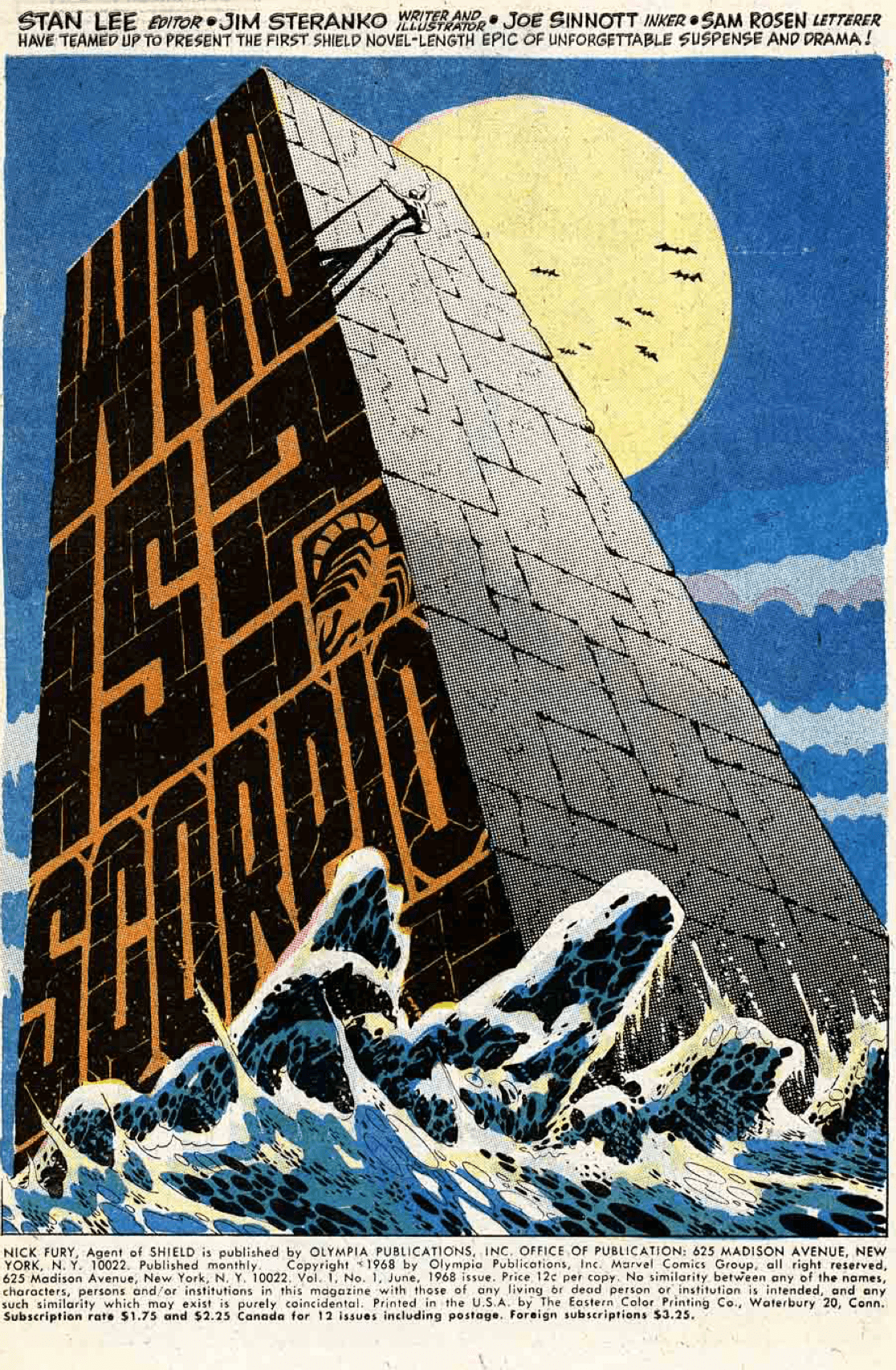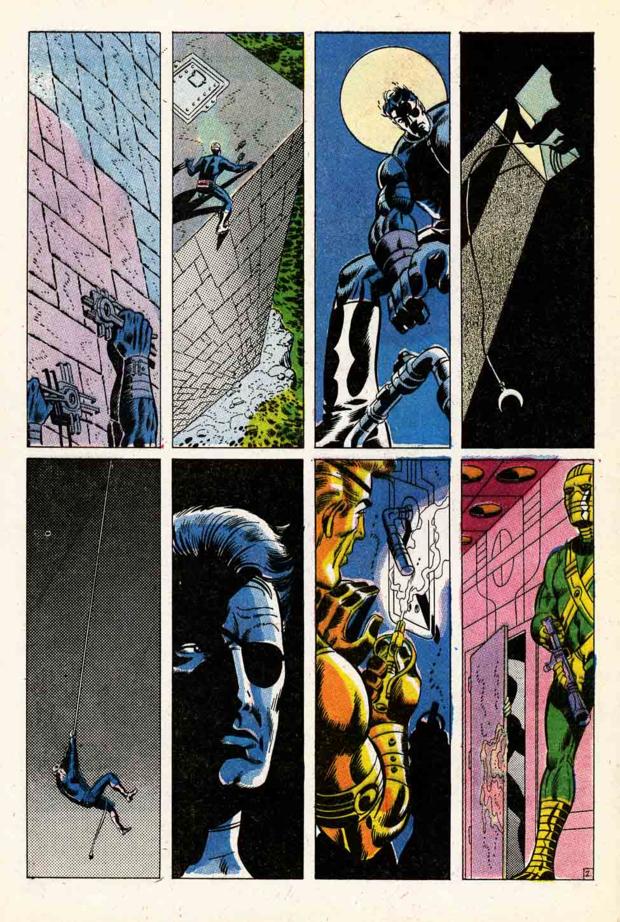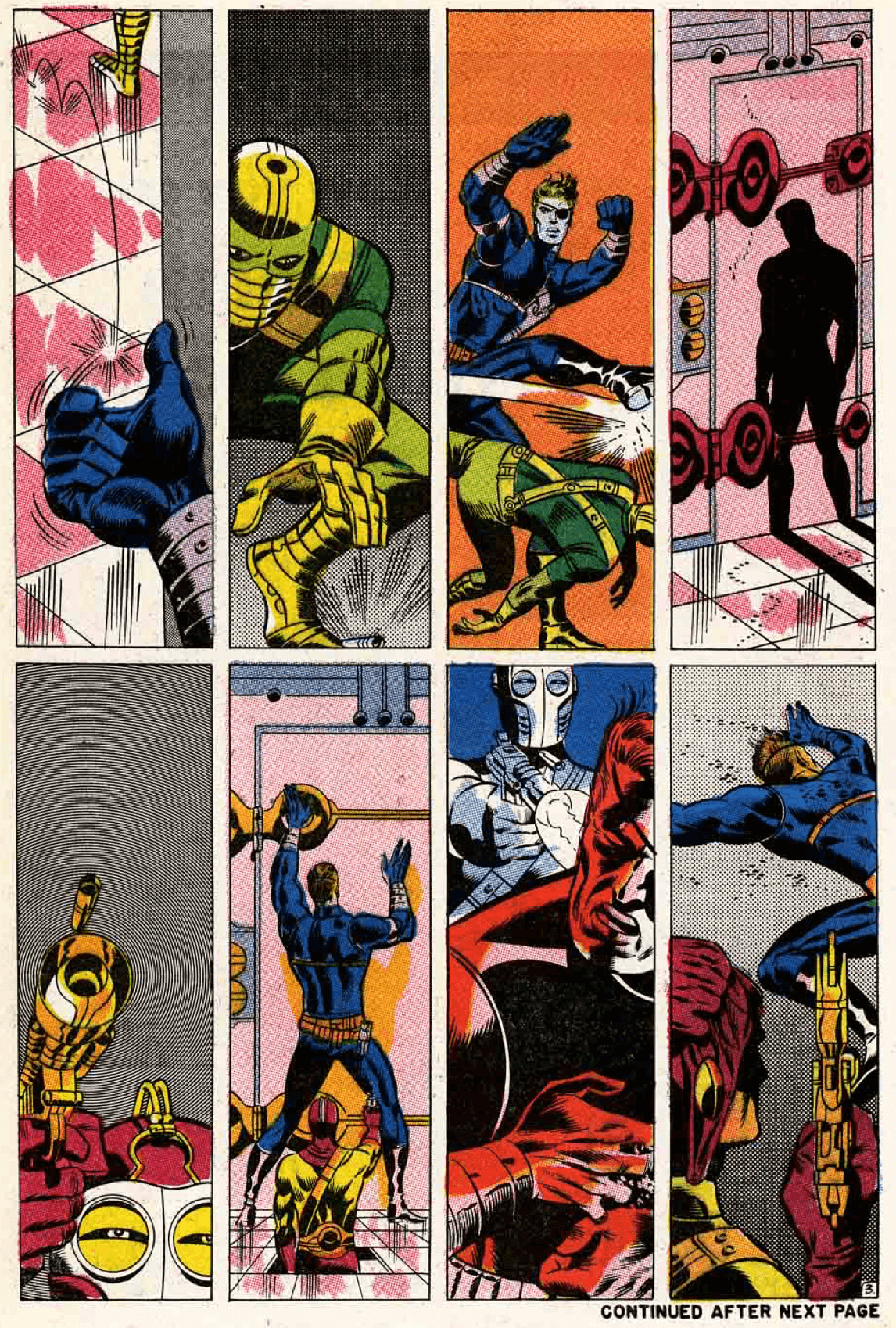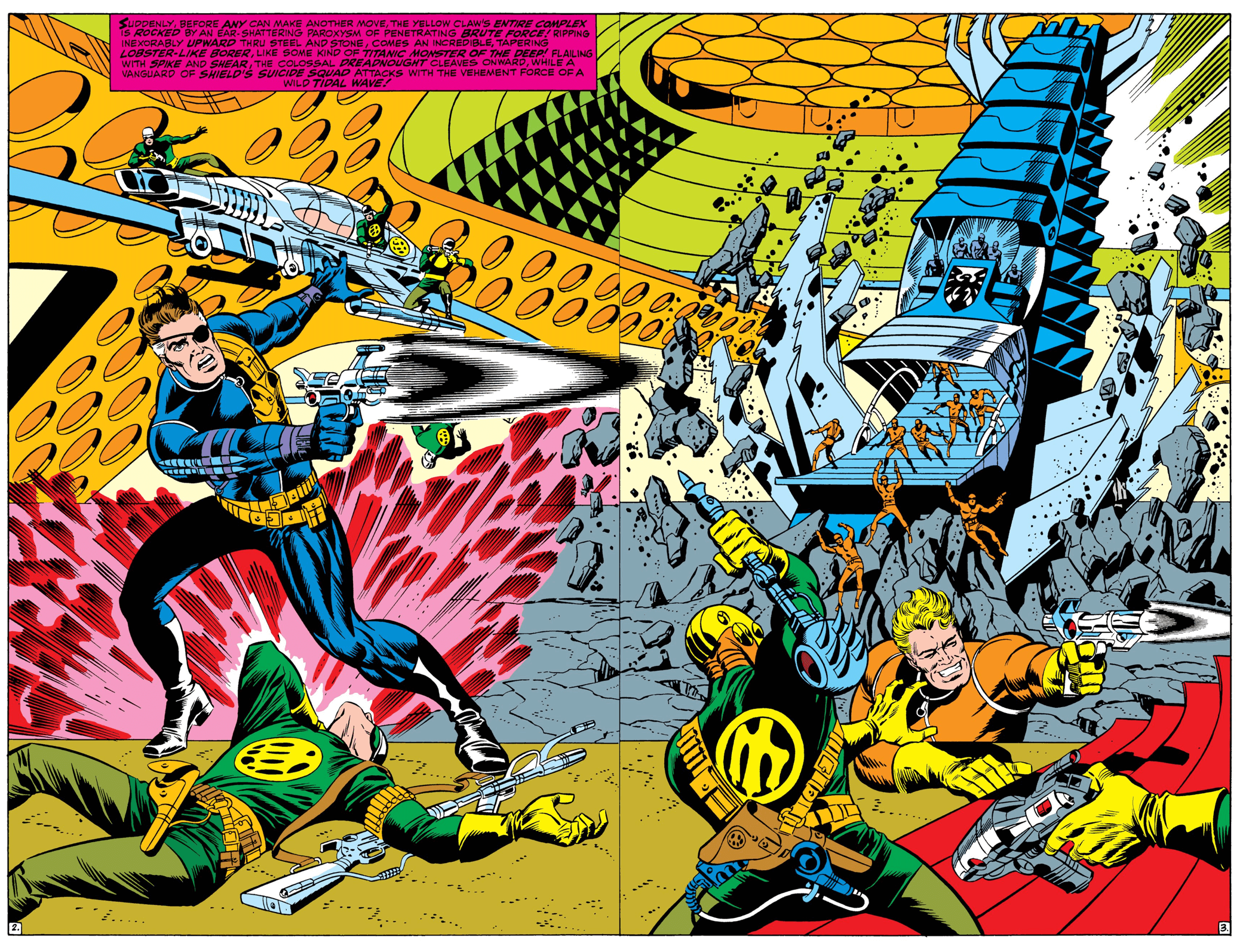Experience is everything. These days you hear marketers talk constantly about experiential marketing and storytelling as if they’re brand new concepts.
Marketing in B2B has primarily been all about push, push, push. Take your product and messaging and just stuff it in the face of your prospects. This strategy worked. But as technology and people have evolved, we’ve also grown more numb to this form of blatant marketing. The newest craze — Marketing through Storytelling and Experiences.
But what does that mean? By storytelling am I talking about literally writing a Harry Potter novel? No. Marketing through storytelling is the art of using content to take your prospects through a journey that eventually leads them to perform a desired action (or you can refer to this as a conversion point). The use of experiences has added to the various marketing channels as companies seek the latest “it thing” to go “viral.”
What About Content Marketing?
However, content marketing was once bastardized by SEO. People viewed content as a 350-word post that focused solely on keyword density and proper H-tag usage. You can still find search engines littered with hundreds of posts titled “Best CRM Software” or “Best Project Management Software”, etc. with it literally been written with little to no English knowledge.
Content Marketing has made a comeback but the new buzz is around storytelling. There are tons of examples of storytelling done right, but I’m going to share one of my favorite examples — Comic books. Most comic books can be seen as engaging stories but few create interactive experiences. In the late 1950’s through the 1960’s, Jim Steranko was the writer for the comic book that I believe sets the tone for experiential marketing through storytelling.
That comic was Nick Fury and the Agents of Shield as well as Strange Tales featuring none other than, Nick Fury. From a marketing perspective what made Nick Fury so unique? For one, Steranko was capitalizing on the popularity of James Bond (Dr.No was released in 1963) and tailored Fury to be Marvel’s eye-patch wearing super spy.
Interactive Storytelling
What Steranko accomplished with his run of Nick Fury was an incredible example of creating an interactive experience. In my favorite example, Nick Fury is trapped in a maze, and to continue reading the comic you were forced to physically rotate the page as if you were working your way through the maze, placing you in the same position as Nick Fury in the comic.

A Picture is Worth a Thousand Words.. or is it a Million?
As marketers what have we learned about the use imagery? The use of imagery has higher metrics for engagement, social posts that use imagery have statistically higher CTR. So if we see these positive metrics, then imagine what a two-page spread in a comic can do. But how else can you stand out? Steranko being the storytelling pioneer with DGAF attitude, created a not one, not two, but a three-page spread of just images. During this time, this was considered crazy. But the images on those pages created a powerful experience that words couldn’t describe.


This sequence shows Agent Nick Fury, stealthily moving through enemy headquarters. The lack of any words or narration added the to stealth experience, as the reader is meant to experience the silence. This section gets readers to interact with the comic by piecing the narrative together from images and gets the reader to engage by leading them to an exciting twist with this storytelling tool.
Spread ‘Em
Another great example is the epic 4-page spread. Again something that had never been done before, but would ensure that comic book readers would purchase two issues of the Nick Fury comic to see the entire spread.


This was marketing through storytelling at its finest.
And the result of these stories of engagement? Strange Tales gained enough popularity for a spin-off comic of Nick Fury Agents of Shield, which led to increased revenue at Marvel Comics, and Steranko became one of the three highest-paid employees at Marvel. I’d say his storytelling converted pretty well…
What Lessons Can We Learn About Marketing through Storytelling?
While most marketers still look at content from an SEO perspective, the fact is the landscape has evolved. People want more than 350 words on the best practices for Online Marketing. Your audience is demanding to be engaged through stories and experiences. And what better medium to analyze than comic books? Comics are the definition of what marketers strive to achieve — content that engages and captivates users and drives them to convert to company revenue.
